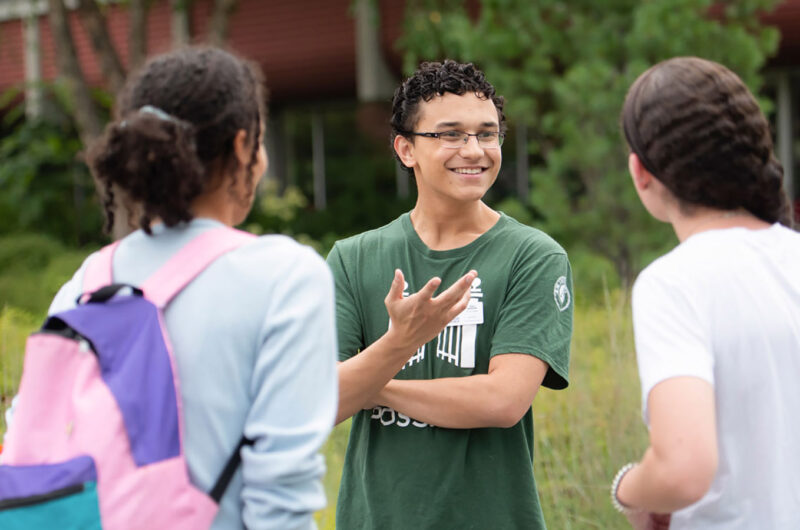A Q&A with Ashley Mansfield, student success coordinator and College Possible program lead at California State University (CSU), Stanislaus.

Financial management is one pillar of the College Possible coaching curriculum. Through weekly virtual trainings on topics ranging from FAFSA verification to responding to students with food or housing insecurity, success coaches learn the ins and outs of being an empathic resource for students.
Coaches gain skills from both College Possible trainings and campus program leads. By leading trainings specific to campus services like food pantries or emergency aid, program leads ensure that coaches are ready to meet students where they’re at, and match their needs to campus resources.
What role do you play at California State University, Stanislaus? How long have you been working there?
As a student success coordinator, my role is to develop programming to better serve all CSU Stanislaus transfer students. I am also an academic advisor. I have been here at CSU Stanislaus since July, but I have worked in higher education for almost five years. I love it.
What has your experience been as a campus program lead?
It has been very eye-opening. Participating in events with the coaches has allowed me to better understand what AmeriCorps is and has helped me understand ways to better serve the campus community.
What new initiatives or strategies is your campus trying to help students in financial crisis?
A new initiative from the financial aid & scholarship office is adding a chatbot that can answer a breadth of financial aid questions in English and Spanish. The financial wellness program has also expanded its reach with peers that are open to meet with students and provide workshops about topics such as budgeting, different types of loans, identity theft and more. Besides our financial aid & scholarship office, CSU Stanislaus takes a holistic approach to helping students. We recently added a care manager to help students navigate difficult situations, including financial crises like food and housing insecurity.
How have you prepared and trained coaches to support students with financial vulnerability?
I have met with the coaches one-on-one and in a group setting. We have discussed what challenges our students may face both academically and financially. I think the best support and training came from a College Possible all-day retreat I organized for the coaches and myself. There I explained the different resources on campus, and I invited a financial aid representative to come and speak with us. This helped us get a better understanding of the financial aid & scholarship department and how we could collaborate while helping students.
Is there a particular moment or memory related to student financial vulnerability that sticks out to you?
Looking back on my time in higher education, one memory in particular stands out to me. It was when I was working as a peer advisor while completing my master’s degree. I helped a student (who was very similar in age to myself) dealing with homelessness, food insecurity and financial insecurity. I think it was that moment when I became aware of the challenges that some students face and that financial crisis is a real and recurring trend in higher education. In the end, the student was able to get the help and assistance that they needed. However, the fact that they were trying to resolve this issue alone for so long was devastating.
Here at CSU Stanislaus I have aided students with food insecurities, and folks who were experiencing financial vulnerability. I feel that students come to the coaches or academic advisors on this campus with their struggles and we, as student success resources, do the best we can to help them.

